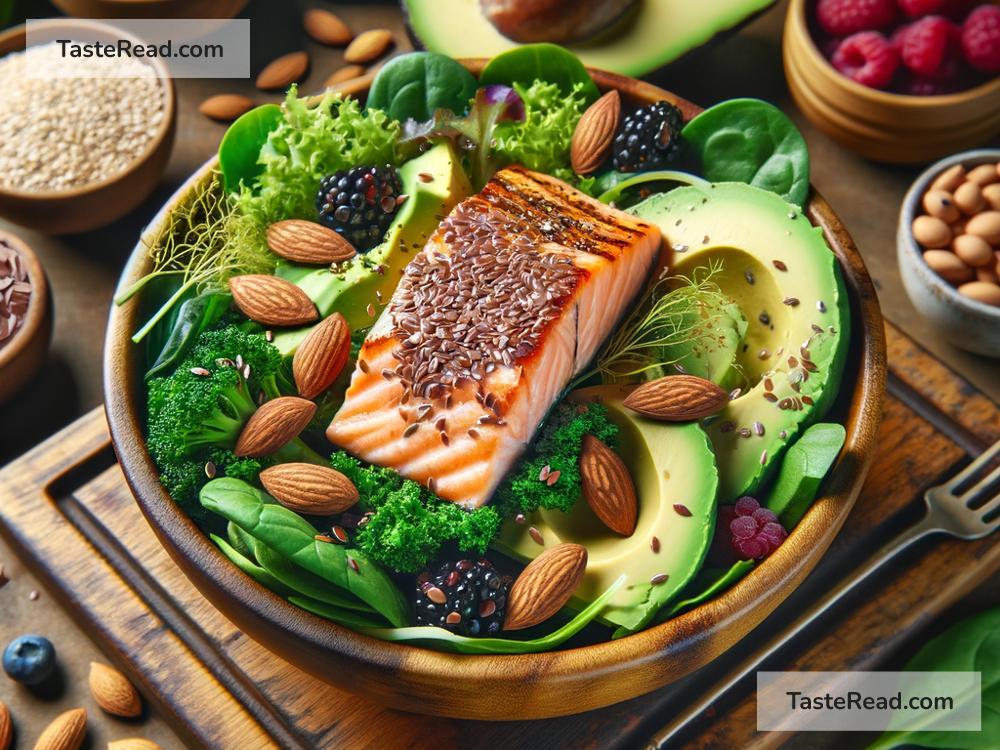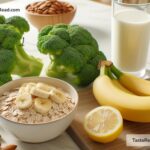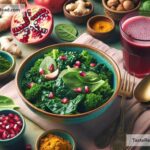Foods That Alleviate Hot Flashes: Cool Tips for Comfort
Hot flashes can be one of the most uncomfortable symptoms faced by people going through menopause. They come on suddenly, leaving you feeling flushed, sweaty, and sometimes overwhelmed. If you’re one of the many who experience this, you might be wondering: is there anything I can eat to relieve the heat? The answer is yes! Certain foods may help soothe your body and reduce hot flashes naturally. Let’s explore these foods and how they work.
What Are Hot Flashes?
Before diving into foods, let’s understand hot flashes. They’re a sudden sensation of heat, often accompanied by sweating, redness, and a racing pulse. Hot flashes are caused by hormonal changes as your body transitions during menopause. Levels of estrogen drop, and this can disrupt your body’s thermostat in the brain, leading to a feeling of overheating.
While hot flashes are a normal part of menopause, they can be frustrating, especially when they happen frequently or disrupt your sleep. Thankfully, some foods can help balance your hormones, cool your body, and make hot flashes less intense.
Foods That May Reduce Hot Flashes
Here’s a simple list of foods that might calm those fiery moments.
1. Soy-based Foods
Soy contains plant-based compounds called phytoestrogens, which mimic estrogen in the body. Since menopause often involves falling estrogen levels, eating foods rich in phytoestrogens may help reduce hot flashes. Great soy-based options include:
- Tofu
- Edamame
- Soy milk
- Tempeh
Some studies suggest soy can be helpful, but keep in mind that moderation is key. Too much soy isn’t recommended because phytoestrogens might affect other aspects of hormonal balance.
2. Whole Grains
Whole grains like oatmeal, quinoa, brown rice, and whole wheat bread are another fantastic option. They’re rich in fiber, which helps regulate blood sugar levels and improve digestion. Stable blood sugar levels are linked to fewer hot flashes. Whole grains also provide essential B vitamins, which may support hormonal balance.
3. Fruits Rich in Antioxidants
Fruits can be a cooling addition to your diet, especially those packed with antioxidants. Free radicals can worsen inflammation and hormonal imbalances, and antioxidants help fight these harmful molecules.
Some of the best fruits for cooling your body are:
– Berries (like strawberries, blueberries, and raspberries)
– Citrus fruits (like oranges and grapefruits)
– Watermelon, which is hydrating and refreshing
Adding fruit to your daily meals or drinking smoothies is a tasty way to help reduce hot flashes.
4. Leafy Greens
Dark, leafy greens are heroes when it comes to keeping you healthy and cool. Spinach, kale, and collard greens are high in magnesium, a mineral that helps regulate body temperature and support hormonal health. They also contain plenty of water to keep you hydrated.
Having a fresh salad with leafy greens can be both cooling and nourishing, making it a smart choice for combating hot flashes.
5. Fatty Fish
Fatty fish like salmon, tuna, and mackerel are rich in omega-3 fatty acids. These healthy fats have anti-inflammatory properties and support brain function and hormonal balance. Some studies have found omega-3s may improve mood and reduce hot flashes in menopausal women.
If fish isn’t your favorite, consider adding other omega-3-rich foods like walnuts or flaxseeds to your meals.
6. Legumes
Beans, lentils, and chickpeas are loaded with protein, fiber, and phytoestrogens, making them another great option for people dealing with hot flashes. They also provide a slow, steady source of energy that can help stabilize blood sugar levels.
Add legumes to soups, salads, or even tacos for a satisfying and hormone-friendly meal.
7. Cold and Hydrating Foods
Hot flashes can leave you sweating and dehydrated, so staying cool and hydrated is a must. Eating foods with a high water content can replenish fluids and cool your body from the inside out. Some of the best hydrating options include:
- Cucumbers
- Celery
- Lettuce
- Cantaloupe
Pair these with water or herbal teas (like peppermint tea) for maximum cooling power.
Food to Avoid
Now that we’ve covered helpful foods, it’s also important to know what to avoid. Certain foods can actually make hot flashes worse, including:
- Spicy foods: These can trigger hot flashes in sensitive individuals.
- Caffeine: Too much coffee or tea can elevate your body temperature and increase sweating.
- Alcohol: Drinking alcohol often dilates blood vessels, making hot flashes more intense.
- Processed or sugary foods: These can spike your blood sugar and cause energy crashes.
By cutting back on these triggers, you may notice fewer hot flashes throughout the day.
Final Thoughts
Hot flashes don’t have to take over your life. By adding certain foods to your diet—like soy, whole grains, fruits, leafy greens, and fatty fish—you can ease your symptoms and support your overall health. Pair a healthy diet with lifestyle changes, like keeping your environment cool, practicing stress relief, and staying hydrated, for even more relief.
Remember, everyone’s body is different, so experiment with these foods and see what works best for you. It’s always a smart idea to consult your doctor or a nutritionist when making changes to your diet.
With these foods and tips, you’ll feel cooler, calmer, and more comfortable in no time!


